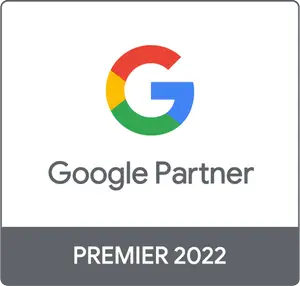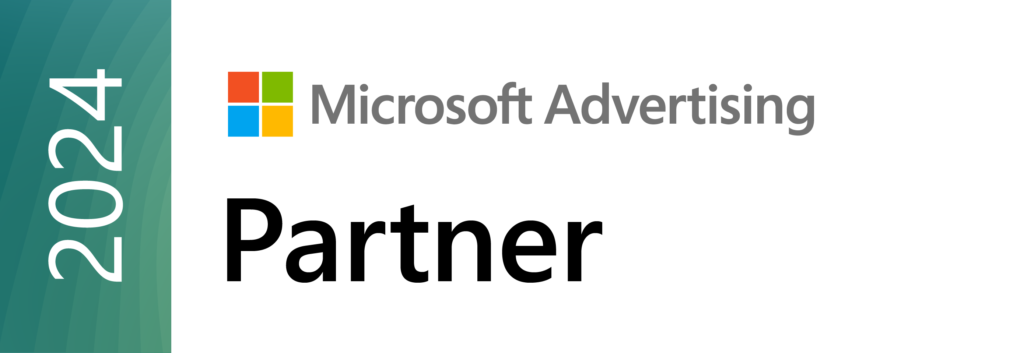In the digital world, there are no fixed rules or magic formulas. What works for one business with a specific audience may not work for another. An experimental mindset is key to ensuring your business's digital growth.
A basic technique for digital experimentation is A/B testing. This simple test involves developing and launching two versions of the same digital element (whether a landing page, a campaign creative, a newsletter copy, a button, etc.) and measuring which one performs better. The ultimate goal of this technique is to increase the conversion rate, that is, the ratio of visitors who complete the desired action.
Contrary to what it may seem, making different variations doesn't have to produce negative impacts, as they are incremental changes that will keep users connected to the brand.
When we talk about digital strategy, we must differentiate that there are two types of A/B Test:
From channel:
-
Channel-specific platforms like Google Ads or Meta Ads already have a specific section for performing A/B tests.
-
Tests can be performed with a multitude of elements. Here are some examples:
-
Different campaign destination URLs
-
Different Ad Copies
-
Different creatives
-
Different bidding optimizations
From the website:
-
To carry out these experiments, external tools are usually used that allow the audience to be segmented into at least two groups (A and B).
-
These tools are Hubspot, Google Optimize, Optimizely, Crazy Egg, Hotjar etc.
How to perform an A/B test step by step?
1. Formulate your hypothesis
The fundamental step is to have a hypothesis that you want to validate, based on observation and analysis. If you have an idea about something that could have a positive impact on your business, you have a hypothesis. For example, if you've analyzed that the majority of paid media leads who visit your landing page don't complete the form, you can formulate the following hypothesis:
“Simplifying the form and making it more visible on the landing page will increase conversions.”
2. Define the variables
With your hypothesis ready, define the variable you'll test in your A/B test. For the previous example, this would be the placement of the form on the landing page. In test A, the form will be placed in the top left corner, and in test B, it will be placed in the middle of the landing page.
3. Define how you are going to measure your A/B test
It's time to define the indicators that will determine whether your hypothesis is valid or not. These can be one or more metrics, but it's important that they maintain a relationship with the variables you're manipulating. Following the previous example, the metric would be "user-to-lead conversion rate."
4. Choose the segments for your experiment
Although the aforementioned marketing tools typically distribute and display variables to two random groups, you may be the one to manually select the groups yourself at some point. Make sure the characteristics of these groups are homogeneous and that both are representative of your audience.
5. Throw, measure and adjust
You're now ready to launch your A/B test. Remember to track and monitor the progress of the experimental groups. When the time allotted for the experiment is up or you feel you've collected enough data, analyze the results and apply the most effective variable.
PSDigitals' work methodology includes experimentation and trial and error as techniques that bring us closer to the results our clients are seeking. Testing and drawing conclusions with an analytical eye help us grow our projects. If you'd like us to help your internal team develop an experimental mindset, please contact us at contact@paidstrategy.com.






